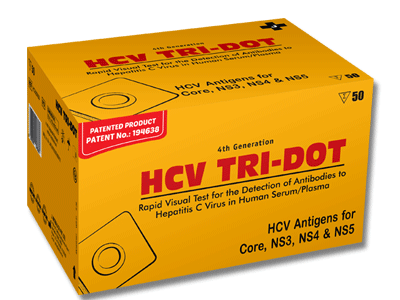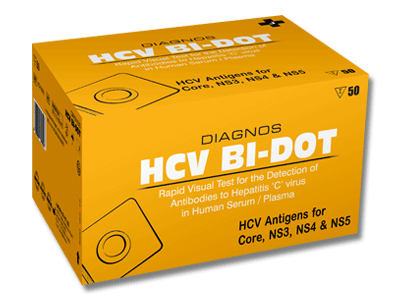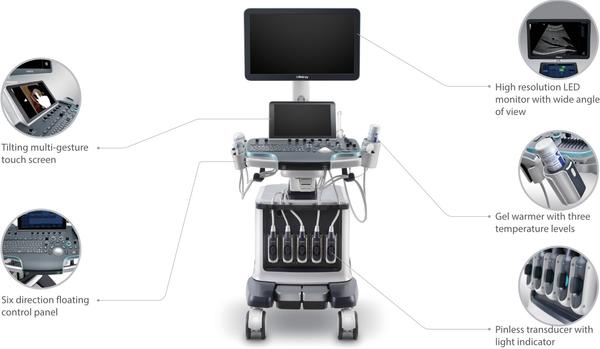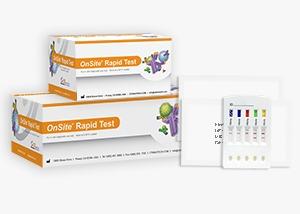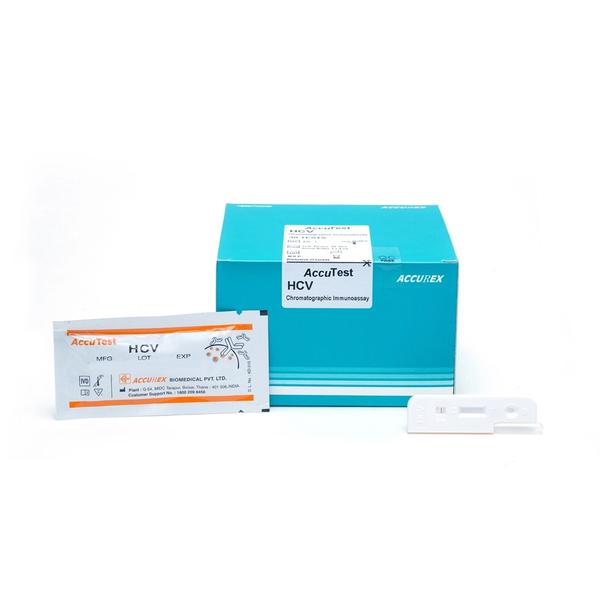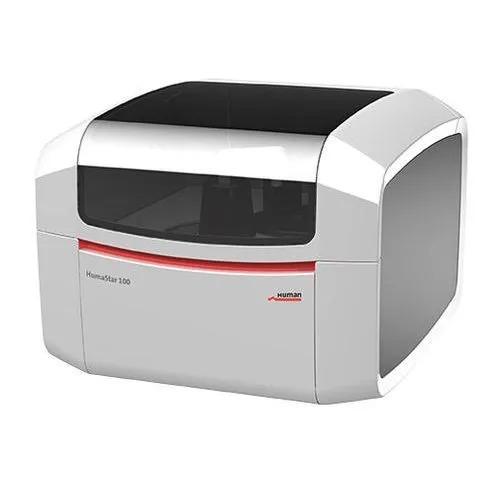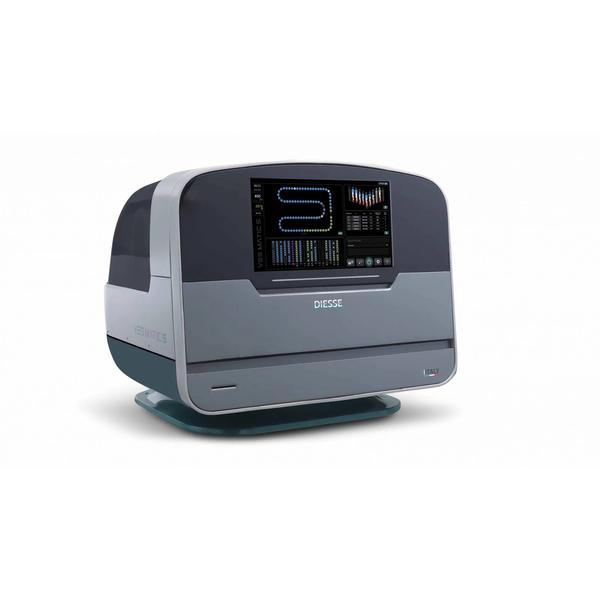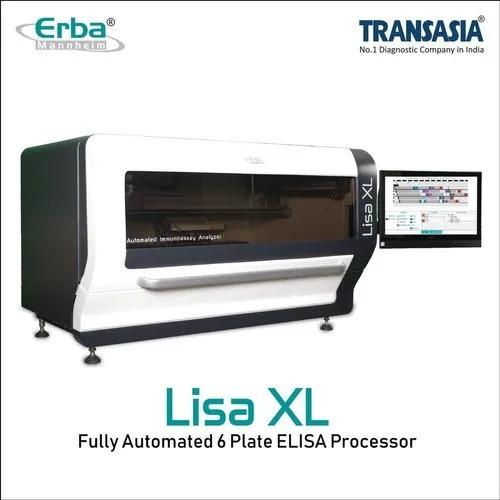Clinical Chemistry
Product Specification
Model Name/Number HumaStar 200
Brand Human
Automation Fully Automatic
Display Digital
Dimensions 69 x 76 x 52 cm (WxDxH)
Frequency 50/60 Hz
Voltage 220-240 or 110-120 Vac
Temperature 16-30 Degree C
Throughput Up to 200 t/h throughput
Weight 51 kg
Reaction volume 210-350 il
Wash station 6 dispensing needles Water consumption < 2 l/h (8 ml/test)
Languages English, French, Spanish Software (other languages can be added)
Humidity < 80 % non-condensing
Data External computer required (Pentium IV, 2 GHz
Mode Open, random-access, STAT
Product Description
Product Detail :
Unique Random-Access Analyzers for Small to Medium Size Laboratories
Unique design
Unique software architecture
Unique features
Analysis
Endpoint (bichromatic), Differential endpoint (with sample blank), Fixed time, Kinetic (bichromatic) Multi-standard (up to 8), factor, linear, non linear (cubic-spline, poly-linear and logit-log four parameters)
Samples
Removable sample tray
60 positions: primary tubes 12–12.5x100 mm and 10 mm cups
Optional: sample tray for 20 primary tubes 12–16x100 mm and 20 cups 3.5 ml
Sample volume: 2–300 µl Internal barcode reader Automatic pre- and post-dilution Test profiles and replicates
Reagents
Removable reagent tray
30 reagent / diluent positions
50 and 20 ml bottles, adapter for tubes and cups
Reagent volumes: 5–350 µl
Refrigeration to ~9 Degree C below ambient (at bottom of bottle) Substrates, Enzymatic, Turbidimetric
Reaction
Reaction volume: 210–350 µl 80 reusable Bionex® cuvettes 6 mm optical path Heat transfer by air
Pipetting
Needle shock detector Capacitive liquid level detector
Wash station
8-step cuvette wash station Systemic and special washing solution
HumaStar 200:
6 dispensing needles Water consumption < 2 l/h (8 ml/test)
Optical system
9 discrete wavelengths (340, 405, 505, 546, 578, 600, 650, 700 nm, one free position) Band pass: +/– 5 nm Photometric linearity: 0–2.5 Abs Stability: <1 % drift per day
Management
20 GB HDD, 512 MB RAM, CD/R, USB) Windows 7® with .NET framework 4.0 English, French, Spanish OS recommended Core i3TM or dedicated graphic card recommended Minimum 900 dots resolution Designed for touch screen (1280x1024 pixel) LIS: Bi-directional, polling mode, ASTM, ethernet
Printouts
By patient, single test, complete sample, work sheet, method and QCs, calibration curves, kinetics, continuous printing
Send Message
